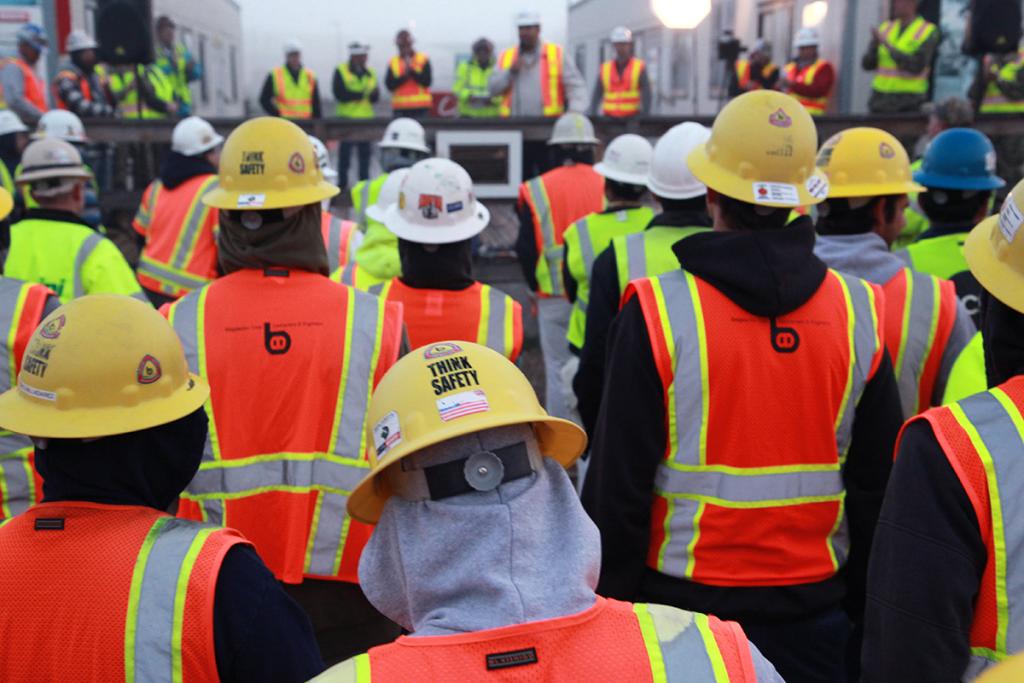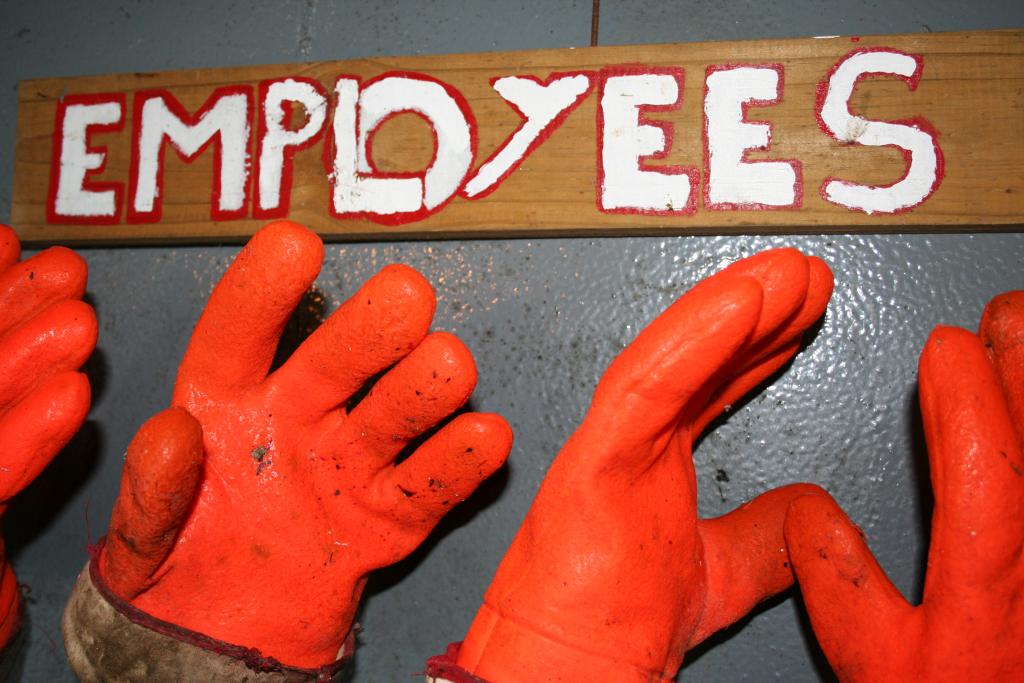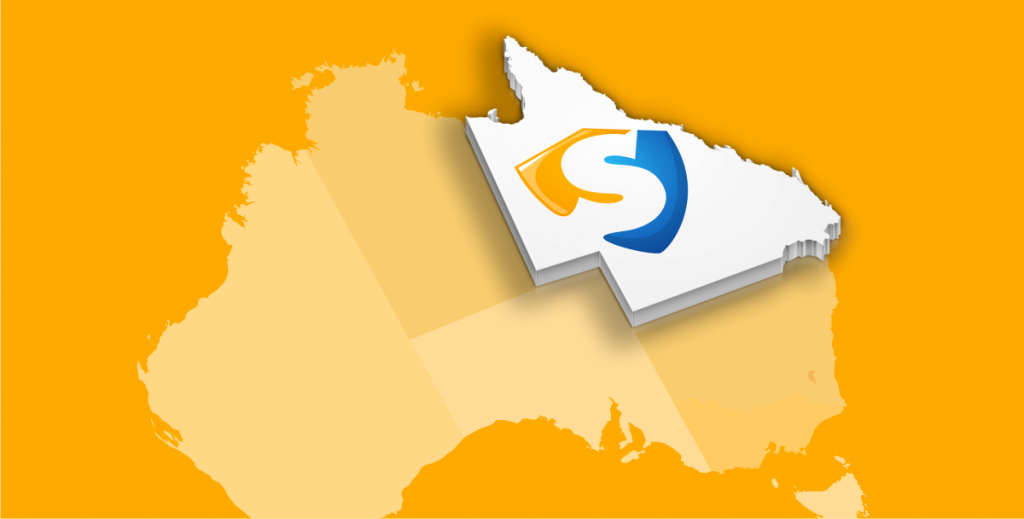Meet The Regulators: Workcover NSW
/in Safe Work /by adminWorkcover NSW is part of the Safety, Return to Work and Support Division (SRWSD) of the New South Wales state government. It is responsible for the determination of the general policy and strategic direction of not only Workcover NSW but also the Motor Accidents Authority of NSW and the Lifetime Care and Support Authority of NSW. In many ways, Workcover NSW could be considered the peak regulatory body in the department of workplace health and safety, under the model of Safe Work Australia.
The decision-making body that directs Workcover NSW is comprised of four other amalgamated boards previously active in New South Wales’ safety management. Their role is to determine the future investment policies for a number of funds that fall under Workcover NSW’s mandate. On top of that role, Workcover NSW aims to improve the state’s economic competitiveness by enhancing productive health and safety practices in workplaces.

Responsibilities
- Work health and safety: establish and maintain harmonised and consistent occupational health and safety laws, and facilitate cooperation between inter-state business and non-government organisations.
- Licensing and registration: management of New South Wales’ high risk activities permits, licenses and registration including construction induction cards, notifications and relevant fees.
- NSW workers compensation insurance: the provision of financial protection to workers and their employers in the event of a workplace injury or illness.
- Workers compensation claims NSW: investigations into reports of incidents or injury, claims for workplace compensation, distribution of benefits and dispute resolution or prevention.
- Worker rehabilitation and return to work: provides assistance for employers seeking to support workers as they return to work after a workplace injury or illness.
Compliance and Enforcement
Workcover NSW has many compliance and enforcement options at its disposal should such action be necessary. These include:
- Compilation of information: the legal ability to obtain information from any person or organisation reasonably believed to be related to or able to give evidence about a suspected break of the Work Health and Safety (WHS) Act. For more information on this point, read the related legislation here.
- Enforceable undertakings: a legally binding agreement which determines that a person is obliged to carry out pre-determined requirements outlined in the undertaking. Typically used as an alternative to prosecution.
- Prosecution and court proceedings: the ability to pursue legal charges against a person or organisation suspected of breaching the WHS Act.
For more information on Workcover NSW, head to their website at www.workcover.nsw.gov.au.
It’s Time To Get Serious About Health and Safety in Australia
/in Safe Work /by adminWorkplace safety issues are not always at the top of people’s priorities. Often left to the last minute or delegated down, occupational health and safety is seen as the last kid you’d pick in the schoolyard footy team. Yet with the right amount of teamwork and training, that kid could very well score the game-winning try.
Knowing how to provide a safe working environment means more than workplace safety training and toolbox talks. In the midst of multiple risk assessment forms and red tape, it is all too easy to forget that safety is about people not paperwork. A person conducting a business or undertaking (PCBU) is responsible for the health and safety standards of any workplace or worksite, but the buck does not stop there. Safework is something everyone needs to practice.

A strong health and safety program is one that encompasses all levels of a business in way that encourages communication and consultation between workers and employers. Risk assessments and other forms of risk management are indeed important factors but they alone cannot account for the diverse range of safety hazards facing all types of businesses. This causes problems because if risk assessments alone cannot provide the solutions people need, then they will attempt to solve OHS problems themselves. Without proper supervision this leads to unsafe work practices.
So where does that leave the occupational health and safety kid in our imagined schoolyard footy team?
The team can either involve this kid in their training regime, finding out what position best suits his level of talent and employing his skill set where it’s needed most. Or the team can simply leave the kid out in the backs and hope he doesn’t cause too much damage. One of these options has clear long-term benefits for the footy team. With the other option, it is just a matter of time before someone slips through the defences.

How can safety improve productivity?
There are many answers to this question depending on what industry you ask, but for construction workers the solution is quite clear. SafeWorkPro offers a streamlined, automated digital alternative to the traditional paper based method of risk assessment. It’s a simple mobile tool that will help turn the kid everyone picked last for footy into the fastest and strongest player on the field.
So why not try SafeWorkPro for yourself? You can sign up for a free trial today!
Worksafe Australia Codes Of Practice
/in Safe Work /by adminIn Australia, every state or territory has it’s own health & safety regulations enforced by their respective governmental authority. To ensure a safe workplace for all Australians, Safe Work Australia develops model codes of practice for a variety of high risk construction work.
The purpose of these safety policies is to harmonise safe working practices and procedures under one legal framework. Although each state or territory has its own regulator for the enforcement of safety laws in the workplace, Safe Work Australia’s codes of practice outlines the health and safety standards required under the WHS Act. These practical guides only become enforceable after the government of each state or territory approves them. Approved codes of practice are also admissible in court meaning if legal proceedings were to occur, the code of practice can be used as evidence as to what is know about a hazard, risk or control measure. The codes of practice will in turn be used as a reference point to determine what is reasonably practicable in the relevant situation.
There are currently 32 model codes of practice published by Safe Work Australia ranging from asbestos handling to confined spaces. More details of the codes can be found at Safe Work Australia’s website.

Safety Tips In The Workplace
/in Safe Work /by adminThe beauty of Safe Work Australia Month is that it not only increases the public’s awareness of safe working practices but it also fosters the sharing of innovative ideas. This approach gives employees and employers the ability to form occupational health and safety procedures that evolve with safety laws in the workplace. In one Safe Work Month […]
Australian Workers Compensation and Return To Work
/in Safe Work /by adminWorkplace compensation is an unfortunate but necessary aspect of every industry in Australia. It is unfortunate in that a worker has experienced some form of injury or illness and it is necessary in that workers comp forms a crucial part of rehabilitation. Workcover workers compensation is but another aspect of the worksafe Australia codes of practice and should be a central consideration for any business seeking to update its safe work practices.

What are the core components of Australian workers compensation and the return to work process?
The following workers comp policy and return to work process indicates a compliant workplace:
- Business details are reflected in the workers compensation insurance policy
- The workers comp claim is reported to the relevant insurer within the specified timeline
- Details of return to work programs are outlined to workers, including the relevant safe work practices for the event of an injury or illness
- When worker injury or illness does occur, the appropriate return to work plan is implemented
The following workers comp policy and return to work process indicates a semi-compliant workplace:
- Business details are not reflected in the workers compensation insurance policy
- The workers comp claim is not reported to the relevant insurer within the specified timeline
- Details of return to work programs are not outlined to workers, nor are the relevant safe work practices for the event of an injury or illness
- In the case of worker injury or illness, return to work plans are no effectively implemented
The following workers comp policy and return to work process indicates a non-compliant workplace that requires immediate action:
- There is no workers compensation insurance policy in place
- There is no return to work program or policy in place
- There is no return to work assistance offered to workers following an injury or illness
For more information and advice on worker’s compensation, read Safe Work Australia’s National Workers Compensation Action Plan.
Meet the Regulators: Workplace Health and Safety Queensland
/in Safe Work /by adminWorkplace Health and Safety Queensland (WHSQ) is the peak authority for OHS regulations in Queensland. Although other statutory bodies play a role in Queensland health and safety, WHSQ is the main regulator and is responsible for the enforcement of OHS laws and compliance. To work in Queensland within the current framework of occupational health and safety legislation as outlined by Safe Work Australia, you need to understand who WHSQ is, what its role entails, and the extent of its legal reach.
Let’s start off with ‘the who’ and WHSQ is part of the Department of Justice and Attorney-General. WHSQ is governed by the work health and safety board, which is comprised of 11 members from employer, employee and industry groups. The board, in conjunction with the industry sector standing committee, provide Workplace Health and Safety Queensland with advice for issues in:

• Construction
• Manufacturing
• Rural
• Community
• Health services
• Retail
• Wholesale
• Hospitality
• Recreation
• Transport
• Storage
Queensland safety legislation is based on the model framework from Safe Work Australia but its role goes beyond basic workplace regulations. On top of licensing and registrations for high risk work and OHS training, WHSQ also reviews the Work Health and Safety Act, makes policy recommendations to the Attorney-General and conducts routine workplace inspections. The regulatory role of WHSQ includes a wide range compliance and enforcement options. These include:
• Issuing advice, information and infringement notices
• On the spot fines
• Seizure of equipment or substances
• Suspension of license or accreditation
• Enforceable undertakings (legally binding agreements)
• Prosecutions
• Workplace interventions and audits
Understanding the scale of WHSQ’s powers will ensure you don’t receive any penalties or worse. But ultimately the only way to ensure the health and safety of your workers while remaining compliant with OHS policy is by implementing a modern, software based risk assessment process.
Meet the Regulators: Worksafe Western Australia
/in Safe Work /by admin
Worksafe Western Australia is a government body responsible for the regulation of the state’s occupational health and safety legislation – specifically the Occupational Safety and Health Act 1984. Worksafe WA is essentially the equivalent of Workcover Western Australia in that its mandate
Responsibilities:
Collaboration with industry, employer and employee groups:
- Influence a commercial environment in Western Australia that promotes best safety practices and empowers businesses to reduce workplace hazard and risk.
- Safeguard the organisational capacity Western Australia Worksafe has to assist the OHS management for all businesses.
Online information and education:
- Provide a digital platform to facilitate the transfer of health and safety information to workers, employers and students.
- The Worksafe Plan Assessment System: this online resource allows organisations to measure and evaluate their OHS record.
Workplace compliance inspections:
- Inspectors use industry specific checklists for a variety of inspection types including reactive, campaign focused, injury and disease focused.
- These inspections are conducted to ensure compliance with OHS codes of practice for Western Australia.
Issue resolution and assistance with risk management:
- Should an OHS dispute occur, Worksafe Western Australia has an issue resolution procedure in place that aims to mitigate differences between employers and employees.
Enforcement in areas of non-compliance:
- Worksafe WA has several enforcement options available including improvement and prohibition notices, verbal or written direction and prosecution.
- Prosecution occurs when notices have failed to prompt compliance, a duty holder repeats an earlier offence, an inspector is prevented from conducting his/her work or there has been a breach of the Occupational Safety and Health Act.
It should be noted that Worksafe Western Australia is not responsible for the regulation of every industry in the state. Although Worksafe WA does regulate most industries, those workplaces involved in mining and petroleum sectors of the economy as well as those covered by the Federal Comcare, are exempt.
Safety Rule This Summer: Under the hot summer sun, make safety priority number one
/in Safe Work /by adminHEAT AND SUN SAFETY PLAN(5’S OF SUN SAFETY) Ultra-violet (UV) rays are deadly, so sun safety is vital in Queensland where the UV Index is three or above all year round. Outdoor workers must be supplied with sun protective clothing including a hat, sunscreen and sunglasses. You can also look at the possibility of rotating […]
Learn How To Create a Safety Culture with Software
/in Safe Work /by adminImagine being able to devise, use and share even the most complicated safety documents on your smart phone?
Well you can stop imagining. This will soon become a reality.
Recent innovations in occupational health and safety software mean that safety paperwork like health and safety performance indicators and a material data sheet for chemicals can now be created by individual businesses. The range of safety documents applicable to this new system is almost unlimited which means workers of any type will be empowered to address their workplace’s safety culture and risk.
Software like SafeWorkPro provides workers and managers alike with the tools to create their own safety documents, regardless of their type of work involves. This tool removes the hassle of paperwork from OHS policy and procedures while promoting a safer work environment.
The benefits for workers are quite clear.
Provides a flexible OHS management system
- SafeWorkPro provides workers with the ability to create safety documents that can be designed to best suit an individual worksite. This means safer work practices and an improved level of compliance. It also means that workers won’t be wasting time with documents not suited for their specific working environment.
_1.PNG)
Cultivates a strong safety culture
- By having workers directly involved in the creation of safety documents, SafeWorkPro reinforces the importance of proper health and safety practices into their daily working habits. This in turns brings safety to the front of each worker’s mind, maintains an active knowledge of safe work practices and fosters an improved workplace safety culture.
The involvement of workers in the creation of safety documents is key to the success of SafeWorkPro. As outlined in the Australian Work Health and Safety Strategy 2012-2022, “Within organisations, leaders promote positive cultures by demonstrating a commitment to…role clarity, worker involvement and workgroup cohesion.”
This is the cornerstone of SafeWorkPro – empowering workers with more efficient and flexible safety software systems.
